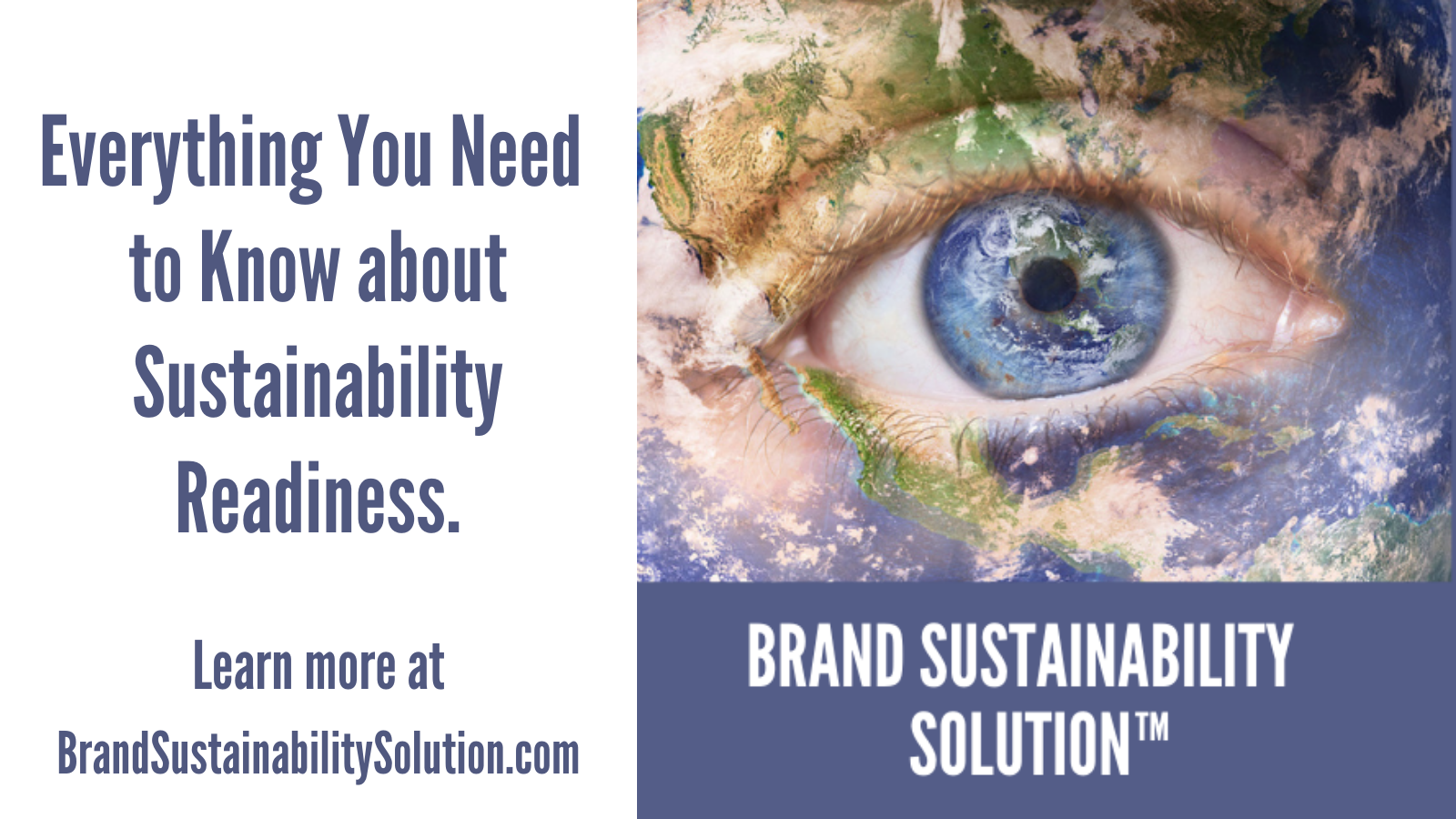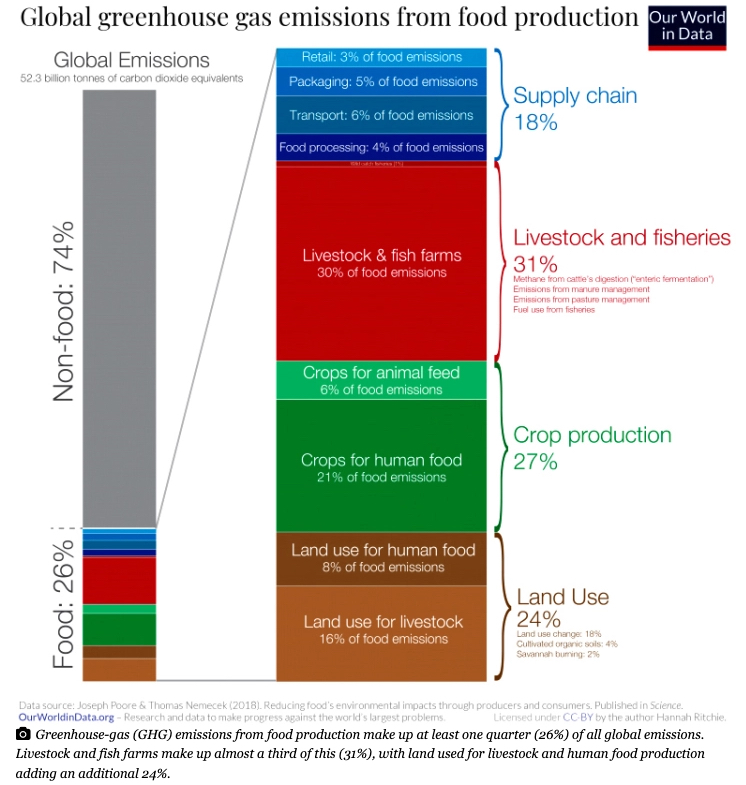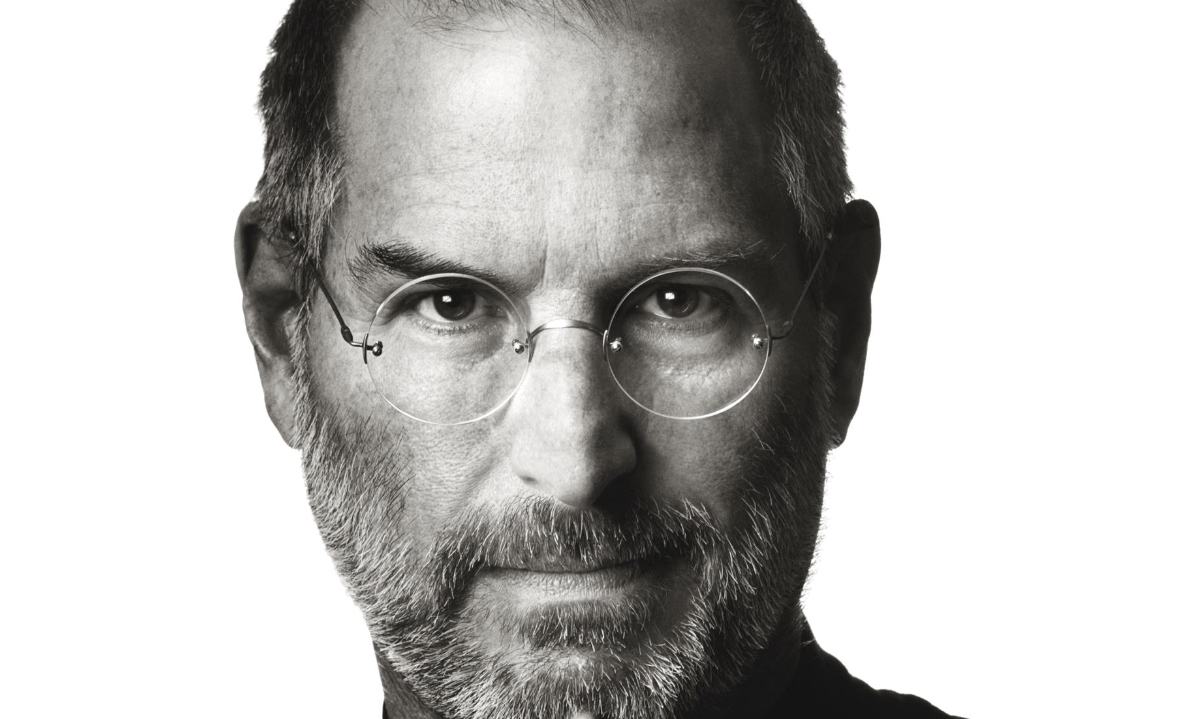
Breaking Free from the Handcuffs of Intrusion Marketing
June 22nd, 2022 Posted by Emergent Behavioral psychology, Brand Activism, brand advocacy, brand marketing, brand messaging, branded content, consumer behavior, Consumer insight, Content Marketing, Emotional relevance, engagement, Higher Purpose, storytelling, Strategic Planning 0 comments on “Breaking Free from the Handcuffs of Intrusion Marketing”Embrace a new paradigm for successful brand storytelling…
In the history of modern marketing there have never been more ways to reach consumers. Yet it’s also never been harder to connect and engage with them. For decades brands have reflexively relied on various forms of intrusion to confront consumers with brand self-reverential, promotional messages. This approach is now widely rejected and avoided by its intended audience. Read on to learn the antidote to engagement misfires.
- It’s truly hard to admit, but: “the unquestioned language of (traditional) marketing sabotages the stories we try to tell.” – Jonah Sachs, Winning the Story Wars.
People have changed – they want to be part of something greater than themselves. Yet even though the elements of powerful storytelling have been employed for centuries, it is largely ignored by marketing tropes preoccupied with promoting products to consumers leveraging the politics of fear, inadequacy, anxiety and status-seeking – often served with a generous helping of narrative vanity, puffery and insincerity.
It’s time to end the decades of antagonism between marketing and its audiences
- We have a chance now to step beyond interruption marketing to build lasting, a more meaningful relationship with consumers that is grounded in deeper meaning, inspiration and values.
- We are free today to build new stories that get noticed, create emotional affinity and maintain credibility in a world desperate to secure meaning and starved for transparency.
However, the drive for true engagement requires a shift in thinking and approach that initially can feel counterintuitive to the foundational principle of marketing as a sales generator. After all, aren’t we supposed to sell to earn a sale? Our tradition-bound way of thinking and operating leads us to believe the path to business growth is paved with pushing product feature and benefits at people. We just need to dress it up with some creative artifice of humor or entertainment as storyline palate pleaser – then, down the hatch, right? Sorry, but no. Consumers have figured out how to sidestep and ignore all of this.
Yet even with the self-awareness of this consumer engagement shift, like the hamster returning again and again to the wheel, the vast majority of brand outreach in CPG and retail sectors employs the same approach – now only digitized to fit into new media forms and channels. This form of selling was honed during the analog media control and persuasion era of the 1960’s and 70’s. It remains entrenched.
The electronic fake-out
Technology-led tools lead us to assume there are algorithm-based, digital solutions that virtually guarantee the selling message penetrates to the right audience in the right place at the right time simply by deploying the latest platform. We need only to flip the switch and boom, we strike marketing gold with clicks and views – even though people routinely drop out of the engagement in mere seconds and carts are abandoned by an endless river of distractions.
The essential truth about today’s consumer
We are shifting from a consumption-driven culture to one founded on a maturing view that the best things in life aren’t *things*. Instead, people want to transform themselves and the world around them. Here it is in sharp relief: we reach for deeper meaning and enablement from the brands we care about. We want to be inspired by beliefs and values that matter.
In short people are ready to embrace:
Optimism over fear
Sacrifice over greed
Citizenship over consumption
A recent advertising effectiveness study tracking the new-found marketing focus on sustainability revealed that brands producing sustainability ads focused on themselves – to tout their eco-bona fides – did not score nearly as well in engagement and recall as brands that created ads to inspire their users to join the sustainability mission and contribute to the greater good. That means substance over selfishness gains an audience.
Here’s a new value system brands can adopt as a core directional litmus test for improved communications, engagement and brand story themes addressing:
Wholeness – moving beyond self-centeredness
Mastery – learning, competence and the struggle to improve
Justice – investing in, structuring a moral center
Depth – examining life and its complexities and possibilities
Simplicity – understanding the essence of things
Beauty – recognizing and experiencing aesthetic pleasure
Truth – the polar-opposite of falsehood
Uniqueness – mining creativity and non-conformity
Playfulness – celebrating joy and life experiences
Creating cinematic, powerful brand stories
What do we know about Luke Skywalker in Star Wars? He was a seemingly ordinary young man who was drawn out of his comfort zone to follow a path that eventually led to epic heroism. He had doubts and insecurities. There were flaws to overcome. Everything he needed to succeed was already inside him, yet he clearly needed coaching to understand that.
A hero is someone who pursues higher level values, willing to sacrifice in service of others, who is pulled to adventure through a higher calling. Traumatic circumstances pushed Luke forward. Eventually he would break free of his fears. He encountered a mentor who would help him on his journey and give him the tools to succeed. Mentors act to help redirect will and strengthen the heroes resolve and confidence. Yoda helped Luke become a better person, a more skilled Jedi, a confident participant on a perilous path to fulfillment and redemption.
- Every human being wants to be the hero of their own life journey. Your brand storytelling must always position your consumer as the hero of the story, not the brand. The brand’s role is always that of mentor, guide, enabler and coach to the consumer on their journey. Your content goal is to provide wisdom and tools to help the hero succeed.
It’s important to note great stories always include conflict, overcoming failures, the presence of a villain, danger, adventure, failure, improvement, empowerment and achievement.
When your brand stands for something, employs a belief system and is driven by higher purpose, you create the opportunity for transcendence. Your storytelling can move beyond an inward focus on self-promotion and touting product features, to celebrating your customer and all they aspire to do.
- You can inspire them.
- Coach and instruct them.
- Enable tools and experiences.
- Help them embrace the greater good and building a better future.
Marketing, then, is about sharing core values. This is the secret to creating engaging stories and an improved relationship with your users.
Yes, this isn’t easy!
To create a story telling platform that works, study is required of your best customers, their lives, loves, ambitions, fears, concerns, wants and desires.
Your brand’s language, voice and story must embed your brand beliefs, values, vision and higher purpose (you need to stand for something).
How this is expressed should be grounded in a clear understanding of your brand archetype (Pioneer, Rebel, Captain, etc.) and how that translates into a narrative unique to who and what you are.
The best storytelling techniques include the fundamentals of all great tales including tension, conflict, villains, drama, and the hero’s move to overcome odds, rise to the calling and win in the end. This story arc is as old as recorded history and remains relevant today.
Emerging food tech and a drama of the ages
Consider the vast array of new food technologies emerging right now, grabbing the attention of investors in their quest to reimagine how food is created. There’s a villain in here called climate chaos alongside the legacy food system actors that help perpetuate an existential threat to our existence and quality of life. The consumer needs/wants/requires a mentor and inspiration on the path to enablement and efforts to help rescue and change the world.
- There’s just sooo much here to work with. Virtually any product category or retail business will benefit from embracing the consumer’s desire to seek a deeper truth and to be part of something greater than themselves (sustainability is a case in point).
When you do this your customers can become believers, followers, advocates and ambassadors because they embrace what you stand for and how your brand helps them participate in a profound mission.
This is the magic behind stories that work, that deepen the brand’s voice and draw people close. Or you can continue to self-promote product features and benefits to a world increasingly not interested in this for the very reason the brand then positions itself as hero of the story rather than the customer. Competing with consumers for the hero role creates an instant disconnect and a new barrier to any engagement.
If you think your brand will benefit from a refreshed approach to story strategy and content creation, use this link to open an informal dialogue with us.
Looking for more food for thought? Subscribe to the Emerging Trends Report.
Bob Wheatley is the CEO of Chicago-based Emergent, The Healthy Living Agency. Traditional brand marketing often sidesteps more human qualities that can help consumers form an emotional bond. Yet brands yearn for authentic engagement, trust and a lasting relationship with their customers. Emergent helps brands erase ineffective self-promotion and replace it with clarity, honesty and deeper meaning in their customer relationships and communication. For more information, contact [email protected] and follow on Twitter @BobWheatley.





